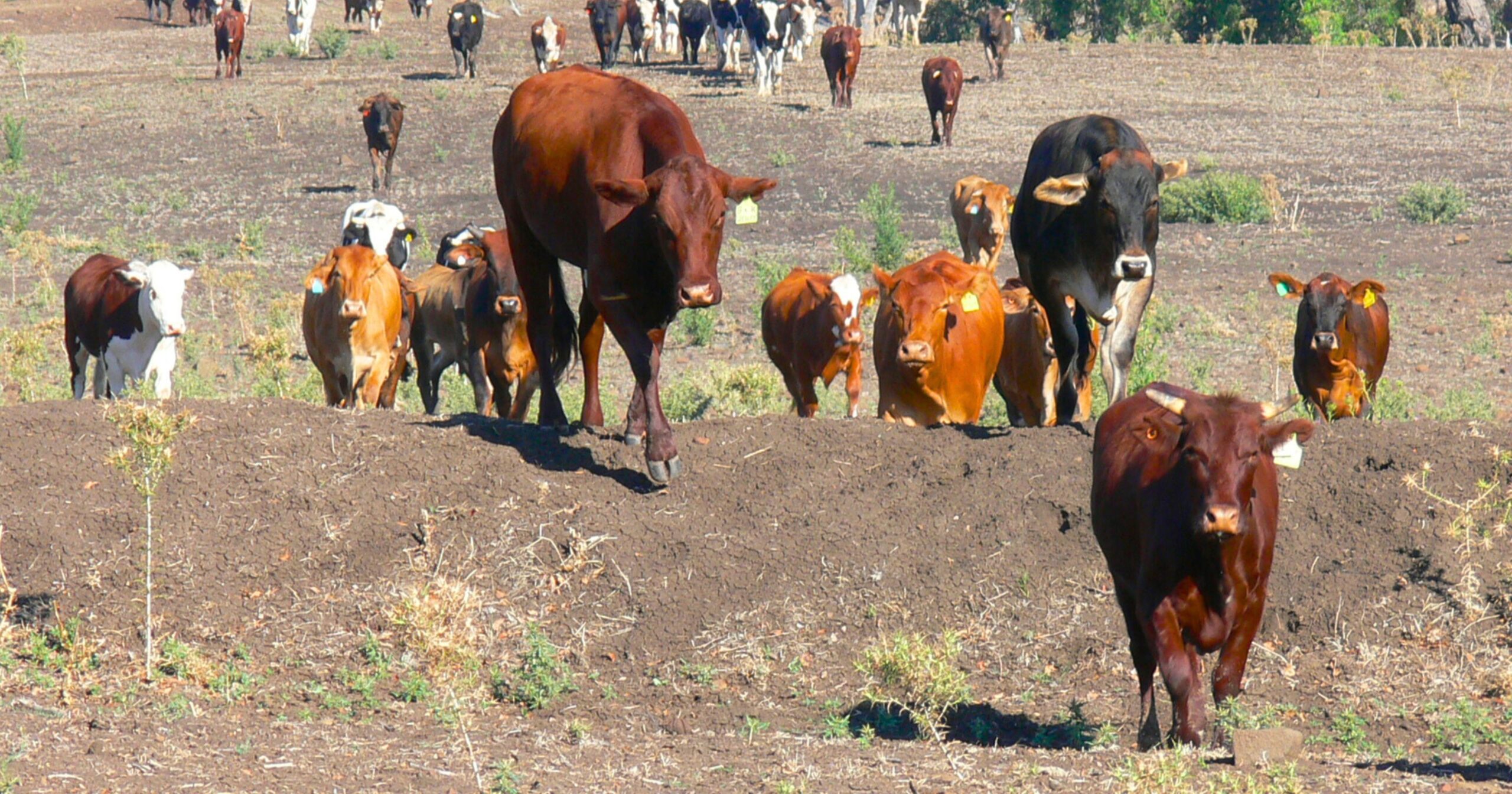Weather halts works

Stage 1 west side widening - on the Bacchus Marsh-Geelong road, before the weather halted works until mid-September. Photo - RRV
By Helen Tatchell
Towards Zero is a plan to achieve fewer than 200 deaths by 2020 and reduce serious injuries by 15% on Victoria’s roads, with the State government investing $1.4 billion into the campaign.
One of the projects, as part of Towards Zero is works to improve the surface along Geelong-Bacchus Marsh Rd around the Balliang East area and was scheduled for completion by June 2019. However, works have stopped and not due to commence until mid-September.
A statement by Regional Roads Victoria said the works, between Peak School Road and Granite Road on Geelong-Bacchus Marsh Road, will be on hold during winter, due to cold and wet conditions between Monday 15 July and mid-September 2019.
“We have experienced delays to excavation works from heavy rainfall, which delayed our anticipated completion date of mid-2019.
“Sealing works will recommence once more favourable weather conditions permit after mid-September,” the statement read.
RRV said they will place temporary bollards to mark the boundary of traffic lanes in both directions along the road.
“Temporary ramps will be installed where a drop off currently exists on the left-hand roadside of the north bound lane between Carrs Road and Granite Road. The temporary reduced speed limit of 60km/h will remain in place to protect drivers travelling in both directions during the suspension of works.”
Since October 2018, RRV have been widening and sealing road shoulders, installing 2-new overtaking lanes and preparing to install flexible safety barriers along the centreline and left-hand side of the road to prevent head on and run-off-road crashes.
The Geelong-Bacchus Marsh Road was identified as a high-risk rural road with six fatalities and 32 serious injuries occurring between 2010 and 2017.
THE BENEFITS
The safety improvements to Geelong-Bacchus Marsh Road will:
• reduce the risk and severity of head-on crashes
• reduce road trauma
• reduce the risk and severity of intersection crashes
• cater for growth along the corridor
• improve access to local communities and businesses.


















